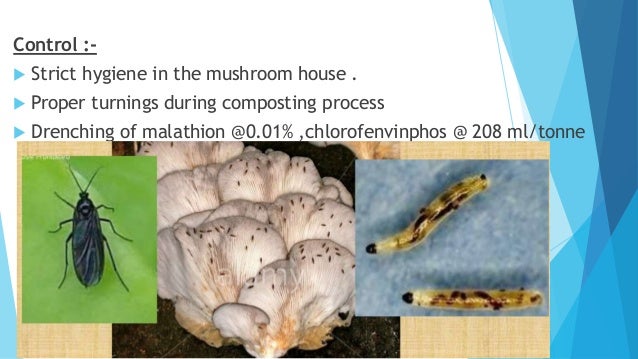- video presentations
- instructional videos
- knowledge test quizzes
- articles
Free articles on mushroom cultivation, spawn production, medicinal mushrooms & more
The MC culture catalog includes fungi with biotechnological value for those who want to grow gourmet and medicinal mushrooms, experiment with structural composites, innovate or perform research on fungi.
Their identification is based on fruitbody micro-and macro characteristics.

Each culture order takes 2-4 weeks to process -this ensures culture purity and customer satisfaction
This web page is made by Anil Rana student of Gbpuat.Thanks. Mushroom management, also known as pseudo-analysis or blind development, is the management of a company where the communication channels between the managers and the employees do not work traditionally. The term mushroom management alludes to the stereotypical (and somewhat inaccurate) view of mushroom cultivation: kept in the dark.
Interested in online or offline Workshops? Mushroom Classes offers monthly workshops on mushroom cultivation, spawn making, medicinal mushrooms and wild edible mushroom identification
Hello, I’m Dr T and I’m a mycologist involved with consulting, and teaching startups in mushroom growing, spawn making, wild mushroom identification, and general mycology. My previous and current experience gave me the chance to focus on three branches of mycology: a) wood-inhabiting fungi taxonomy; b) medicinal mushrooms biotechnology; c) mushroom growing, and spawn production technology. The latter two represent some of the major fungus technologies with increased application today while taxonomy has an important role in being linked to the latter by profound analyses in regards to identification and not only.

I was about 2 when I went to the woods to pick mushrooms with my parents for the first time. At 6 I started to know the edible mushrooms around and differentiate them from the poisonous ones. When I was 9 I went by myself in the woods to pick mushrooms. Later I decided to study biology, and ecology in a prestigious Romanian university. With the studies done, I started to grow mushrooms and produce my own spawn in 2005.
Not long after, in 2006 I took my toys and left for Haifa, Israel where I did my PhD in wood-inhabiting fungi taxonomy at the Institute of Evolution. For the first time I saw a professional lab and was part of it for nearly 4 years. I had the chance to learn how to professionally identify mushrooms, how a culture library is made and kept, lots about medicinal mushrooms, pure cultures, and many more and interacted with some worldwide known professors in mycology.
My role at Aloha Medicinals started in 2013 as a Fungal Culture Bank Curator; then, I became the Head of the Mushroom Spawn Production, and Culturebank Dept. of the company in 2014, in this position I had the chance to talk to many mushroom growers as an adviser. I met important people of the industry gained even more experience, and I also had the chance to visit about 90% of the West Coast Specialty Mushroom Farms and collaborate with some of them.
Mushroom Bharsar Students In Asl
Starting with 2013 until 2015 I was teaching general mycology with emphasis on spawn production, clean room principles, and mushroom cultivation techniques to mushroom grower startups, fungus enthusiasts, and research assistants in the field of mycology from the U.S., and around the world (South Africa, Philippines, Malawi, Lebanon, China, Canada, Romania, Croatia, Iceland, Mexico, Costa Rica, Chile, Iraq, and Namibia) –this was part of the intern program initiated by Aloha Medicinals Inc.
This was a brief introduction on my history as a mycologist, and mushroom grower.
Mushroom Bharsar Students Portal
Daniel Tura Mycologist | WORK EXPERIENCE: 2019- Mycology Instructor. 89503 Reno, NV, USA 2017-2019 Director of Fructele Pamantului S.R.L. 440272 Satu Mare, SM, Romania 2016: Director of Mycological Research and Development, Technical Support-Aloha Medicinals Inc. 89706 Carson City, NV, USA 2015 – Mushroom Farm Consultant & Mycology Teacher 2013–2015: Teaching Experience -Clean-room and mushroom spawn making techniques, mushroom cultivation techniques, general mycology 2013–2016: Head of Mushroom Spawn & Culturebank Department -Aloha Medicinals Inc. 89706 Carson City, NV, USA Into Mushroom Growing Since 2005 |
MUSHROOM FARM VISITS California: Globe Mushrooms, Far West Fungi, Gourmet Mushrooms, Simply Manna, Dragon Gourmet Mushrooms and more. SPAWN COMPANY VISITS Nevada: Sylvan, Aloha Medicinals AWARDS EDUCATION 2006–2009: PhD in Mycology – Department of Evolutionary and Environmental Biology, Faculty of Science and Science Education and Institute of Evolution, University of Haifa, Israel 2003–2004: Masters in Systems Ecology and Biodiversity Conservation-Faculty of Biology and Geology, Babeş-Bolyai University, Cluj Napoca, Romania 1999–2003: Ecology and Environmental Protection-Faculty of Biology and Geology, Babeş-Bolyai University, Cluj Napoca, Romania PUBLICATIONS BOOK CHAPTERS & BOOKS | |
